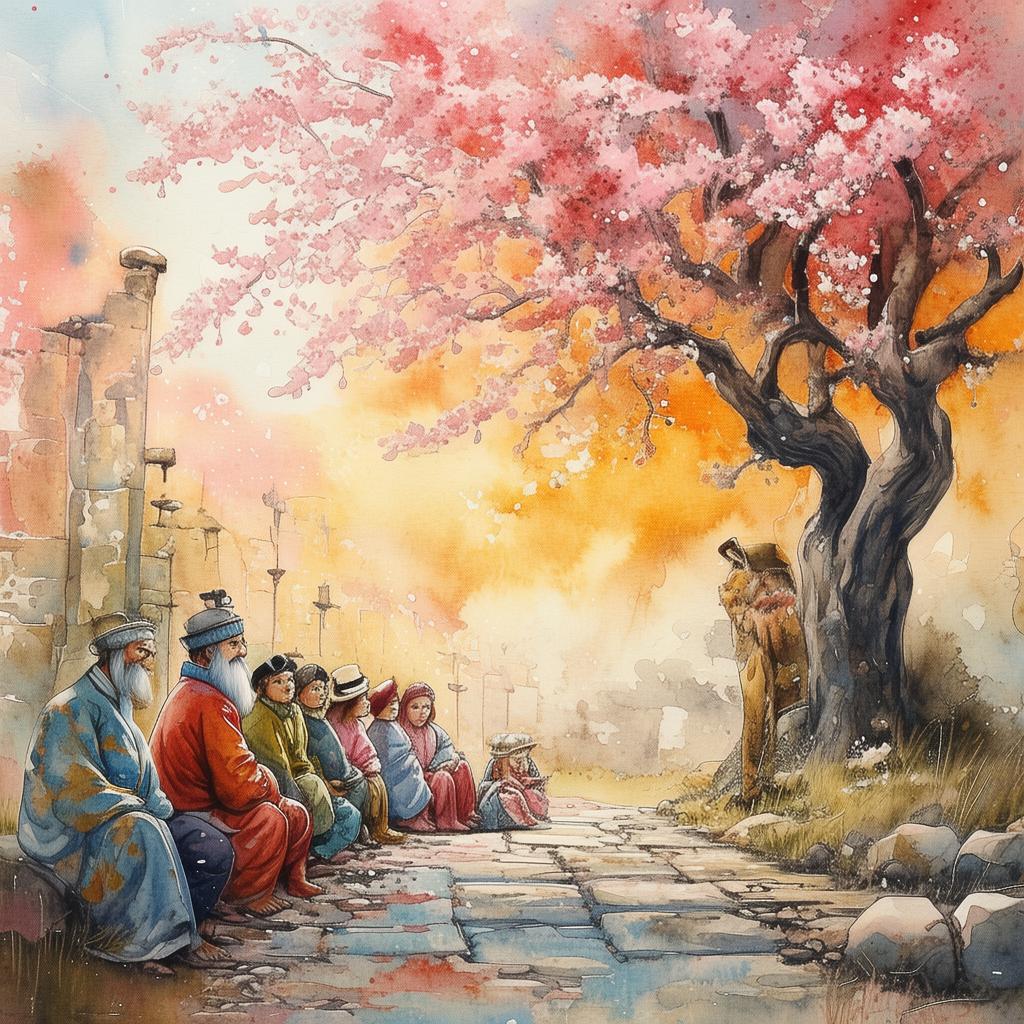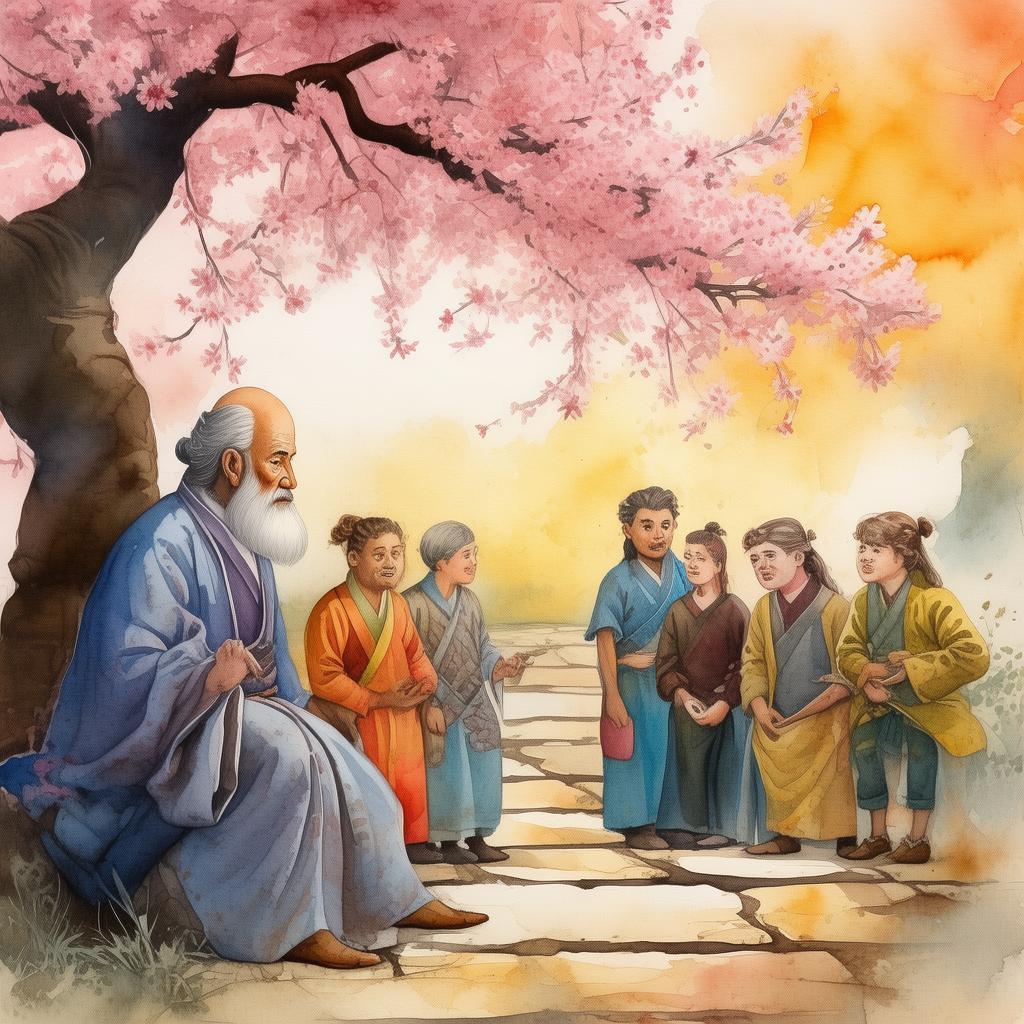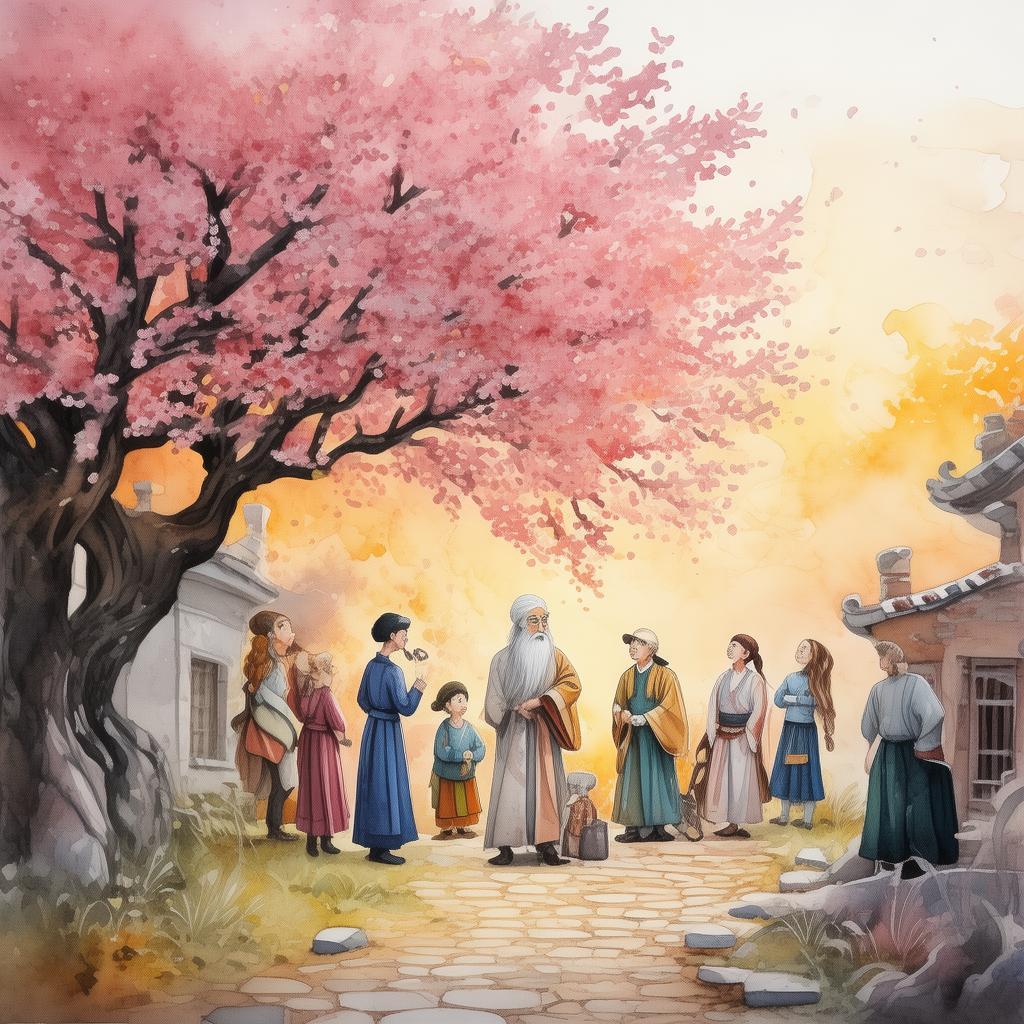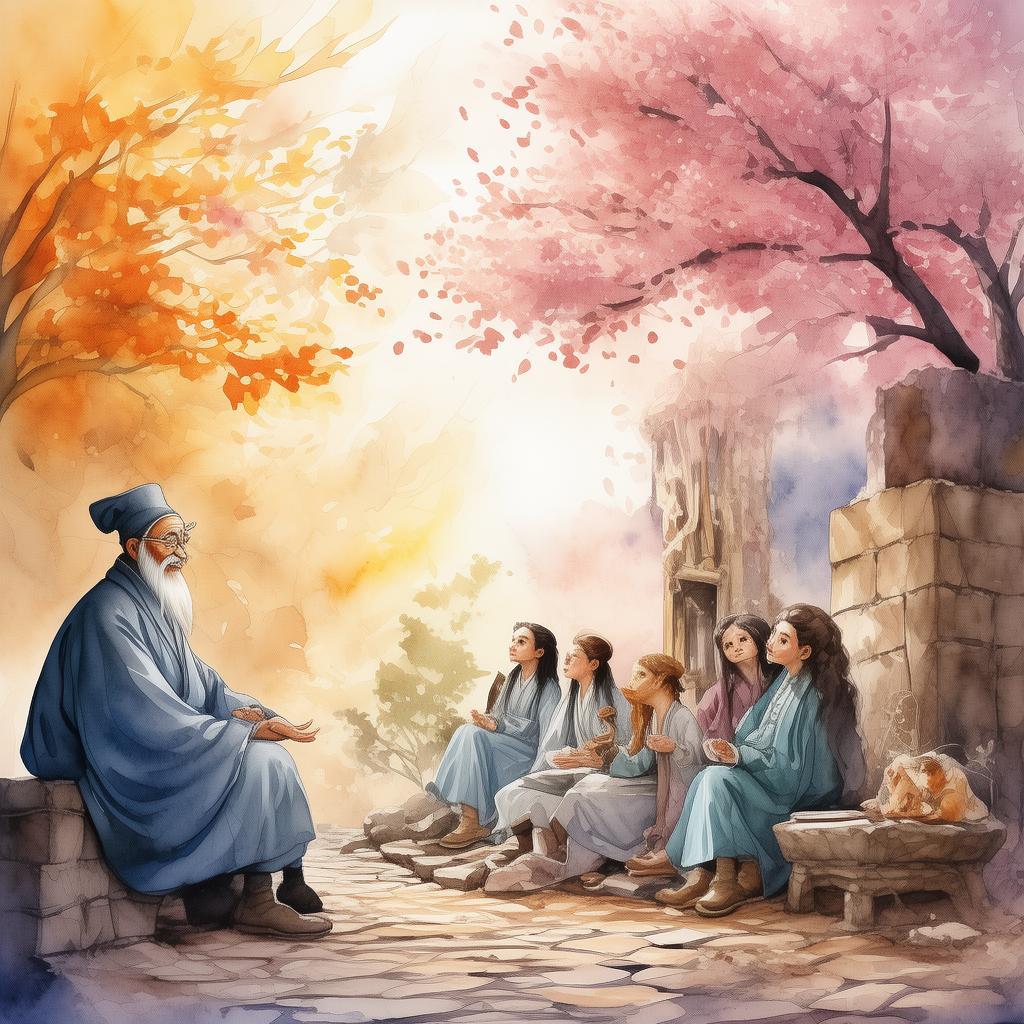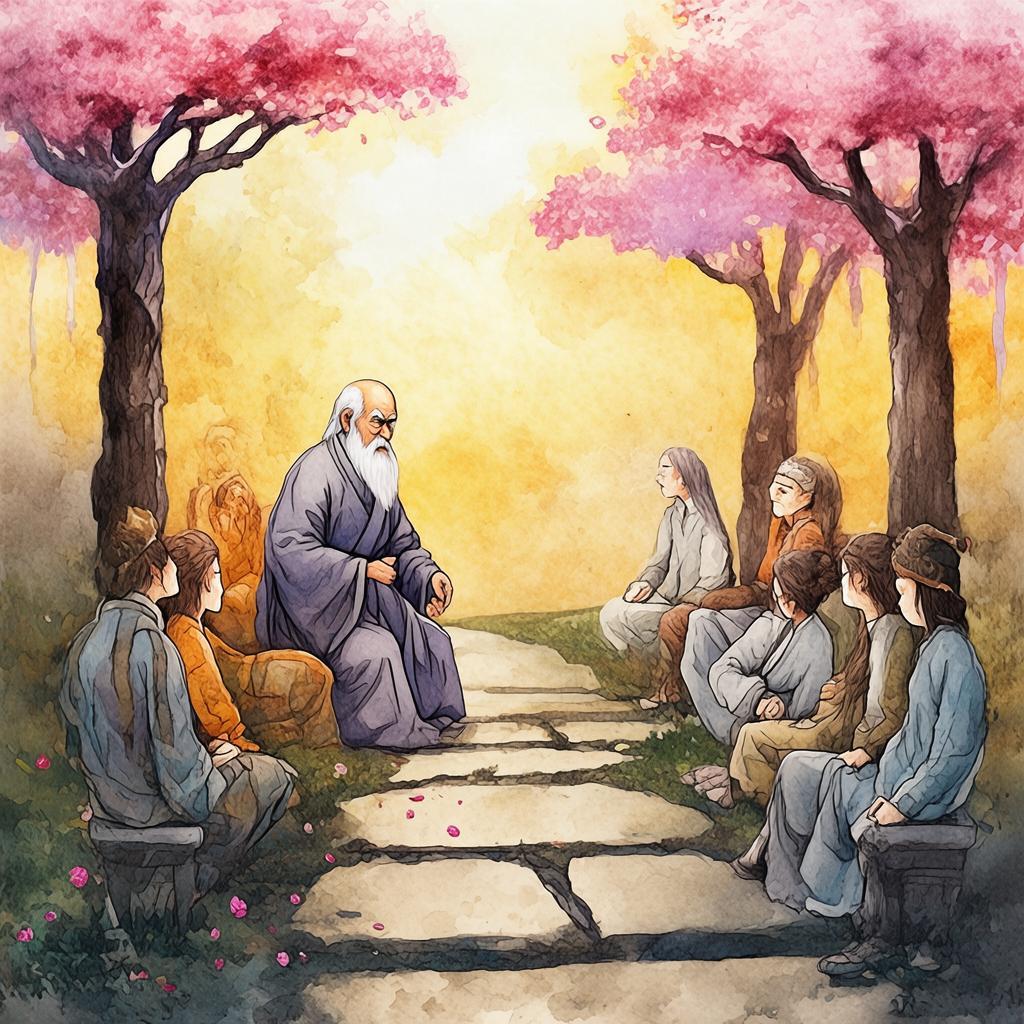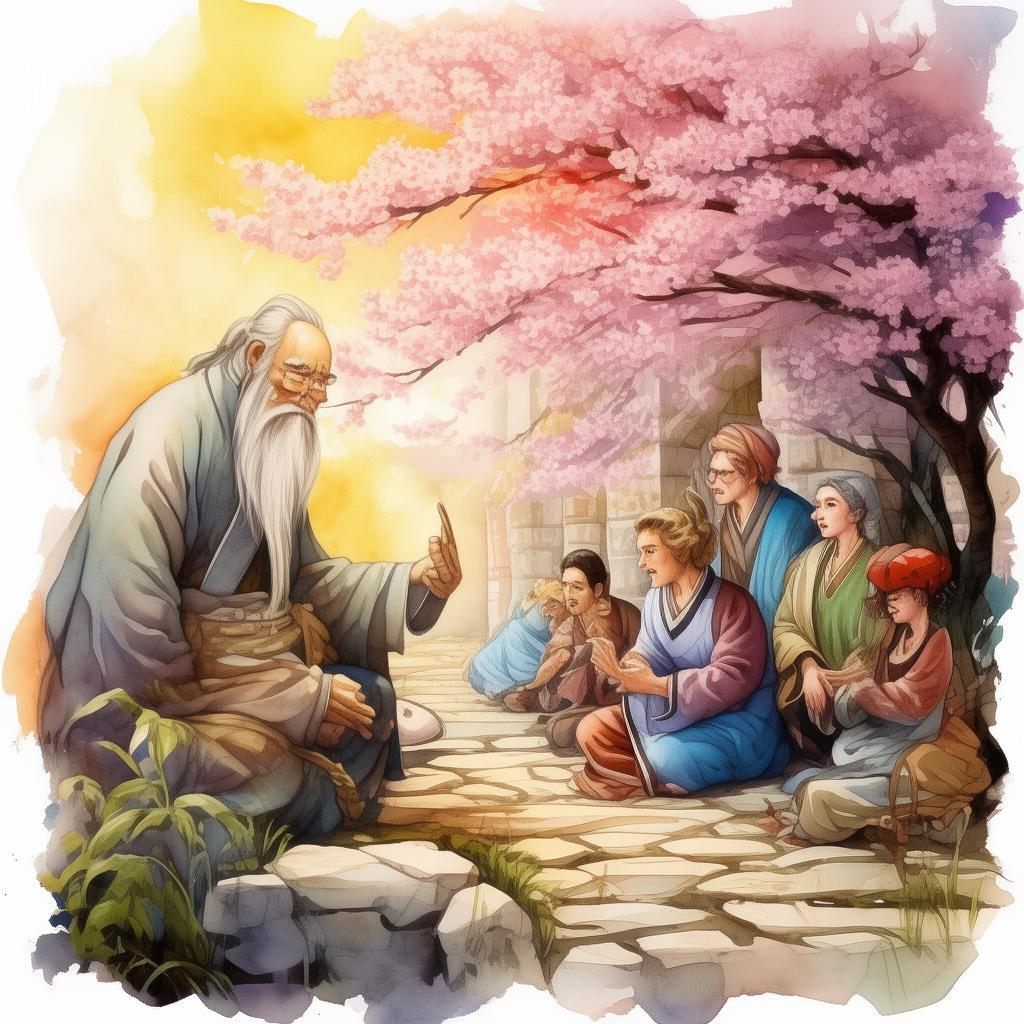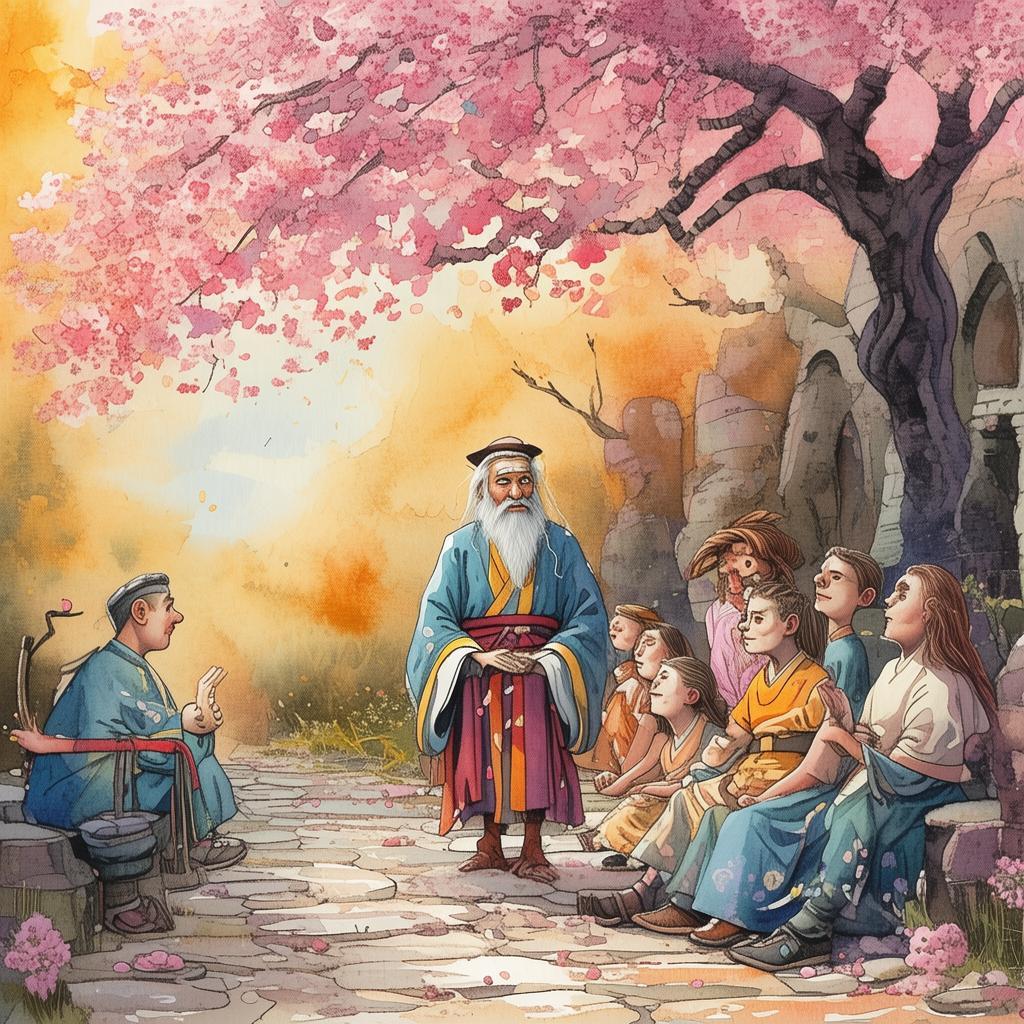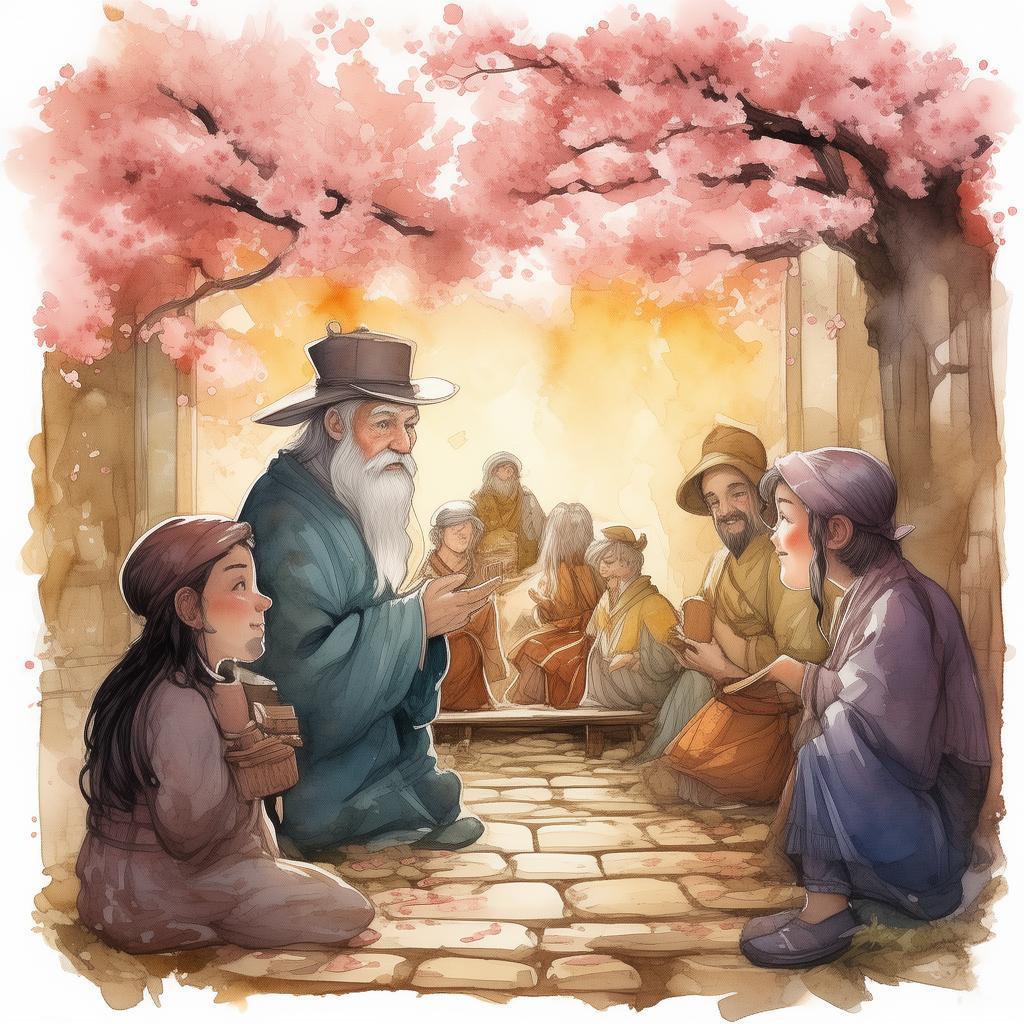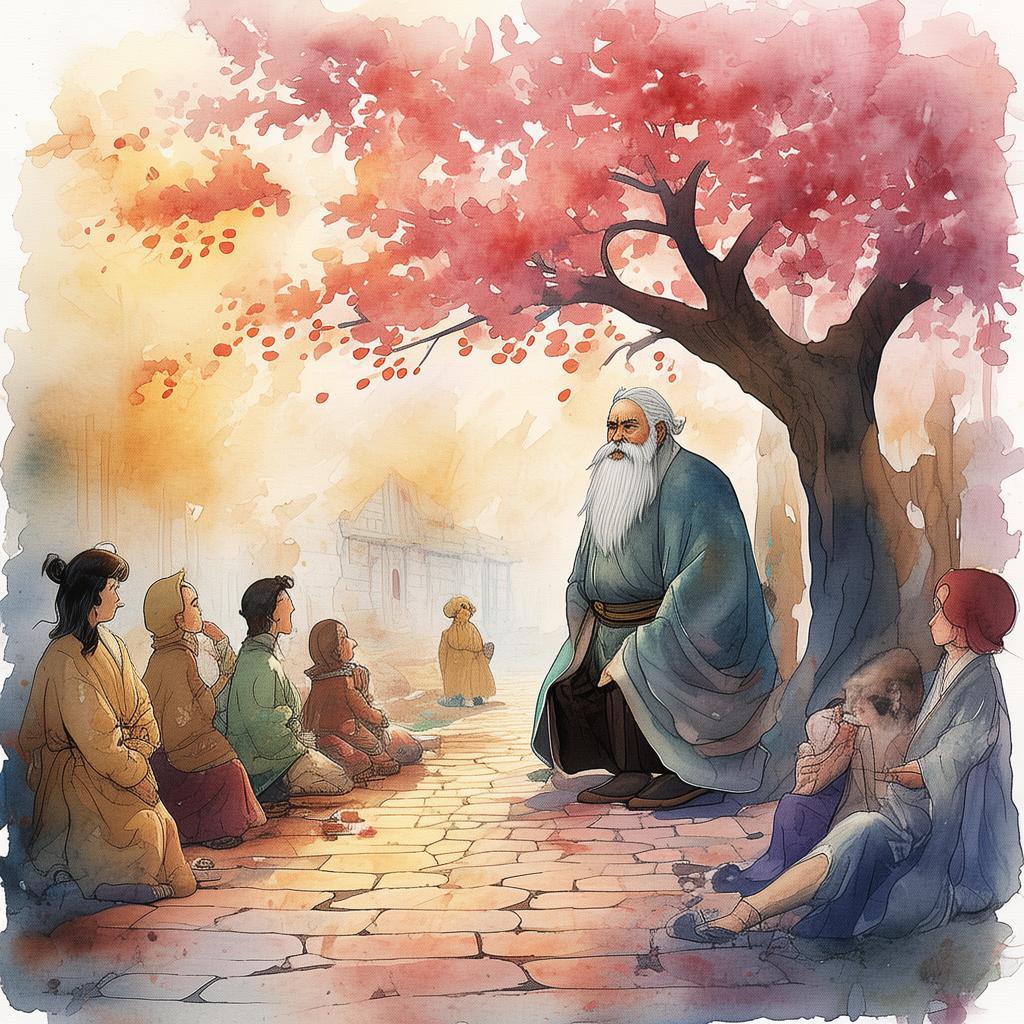The Blindfolded Architect: A Vision Unseen
In the bustling city of Jingdu, there lived a blind architect named Liang Chun. Despite his inability to see the world around him, Liang had an uncanny ability to visualize spaces and structures with extraordinary precision. His talent was so remarkable that he was often referred to as the "Blindfolded Architect."
Liang's journey began in a small, modest home, where he spent his days sketching and dreaming up architectural wonders. His parents, who had always supported his passion, often marveled at the intricate designs that emerged from his mind. They believed that Liang's blindness was merely a veil, hiding a vision that was as clear as anyone else's.
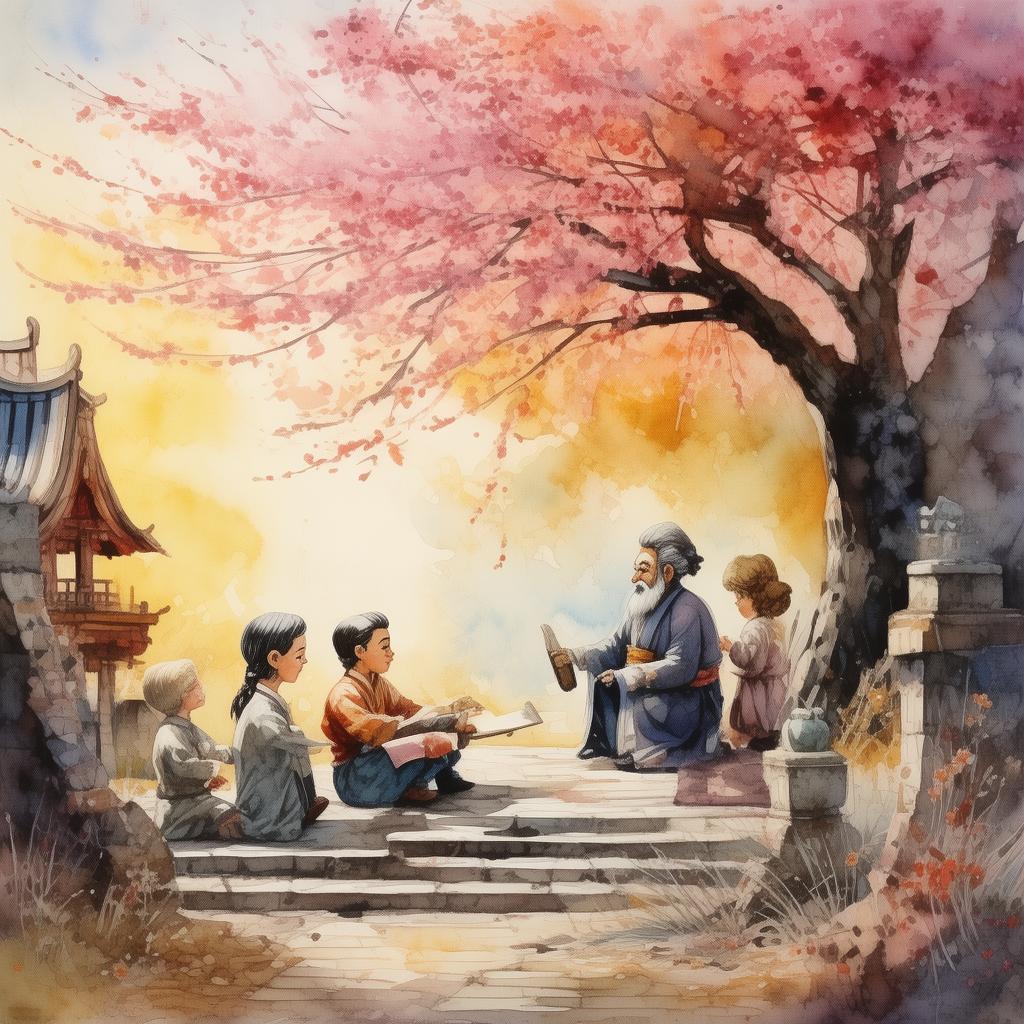
One day, Liang had a dream that would change his life forever. He saw a grand, spiraling tower that seemed to rise from the ground, defying gravity. The tower was not just a structure; it was a symbol of hope and resilience. Liang knew that this vision was not just a dream; it was a calling.
Determined to bring his vision to life, Liang began to work tirelessly. He used his sense of touch and sound to navigate the world, relying on the guidance of his friends and colleagues. He would often walk through construction sites, feeling the textures of the materials and listening to the sounds of the workers, all while visualizing the tower in his mind.
As the project progressed, Liang faced numerous challenges. Skeptics questioned his ability to lead such a complex endeavor, and his blindness became a point of contention. However, Liang remained undeterred. He believed that his vision was not limited by his physical limitations but rather enhanced by them.
One of the most significant obstacles Liang encountered was the skepticism of the city's planners. They were hesitant to approve a project led by a blind architect, fearing that the tower would be nothing more than a whimsical dream. Liang, however, was undaunted. He presented his vision to the planners, using his voice and passion to convey the essence of his design.
"I see this tower not just as a building," Liang explained, his voice filled with conviction. "I see it as a beacon of hope, a testament to the power of the human spirit. It will stand as a reminder that even in the darkest of times, there is always light."
The planners were moved by Liang's words and agreed to support his project. Construction began, and Liang's vision started to take shape. Workers followed his detailed instructions, guided by his sense of touch and his unwavering determination.
As the tower grew, so did the skepticism. Critics mocked the design, calling it impractical and overly ambitious. But Liang remained focused, driven by his dream and the belief that his vision was more than just a building—it was a statement about the human condition.
The climax of the story arrived when the tower was finally completed. It stood tall and majestic, a spiraling tower that seemed to touch the sky. The city was abuzz with excitement and curiosity. People from all over came to see the marvel, and Liang was there, standing at the top, his eyes closed, feeling the wind on his face.
As he stood there, a sense of fulfillment washed over him. He had not only built a tower but had also built a bridge between the seen and the unseen, proving that true talent transcends physical limitations.
The story of the Blindfolded Architect spread far and wide, inspiring people to embrace their dreams and to see the world beyond the confines of their own perceptions. Liang's vision became a symbol of hope, a reminder that even in the darkest of times, there is always light.
In the end, Liang's tower stood as a testament to his unwavering belief in his vision. It was not just a building; it was a testament to the power of the human spirit, a reminder that true talent is not limited by what we can see but by what we can imagine.
✨ Original Statement ✨
All articles published on this website (including but not limited to text, images, videos, and other content) are original or authorized for reposting and are protected by relevant laws. Without the explicit written permission of this website, no individual or organization may copy, modify, repost, or use the content for commercial purposes.
If you need to quote or cooperate, please contact this site for authorization. We reserve the right to pursue legal responsibility for any unauthorized use.
Hereby declared.
